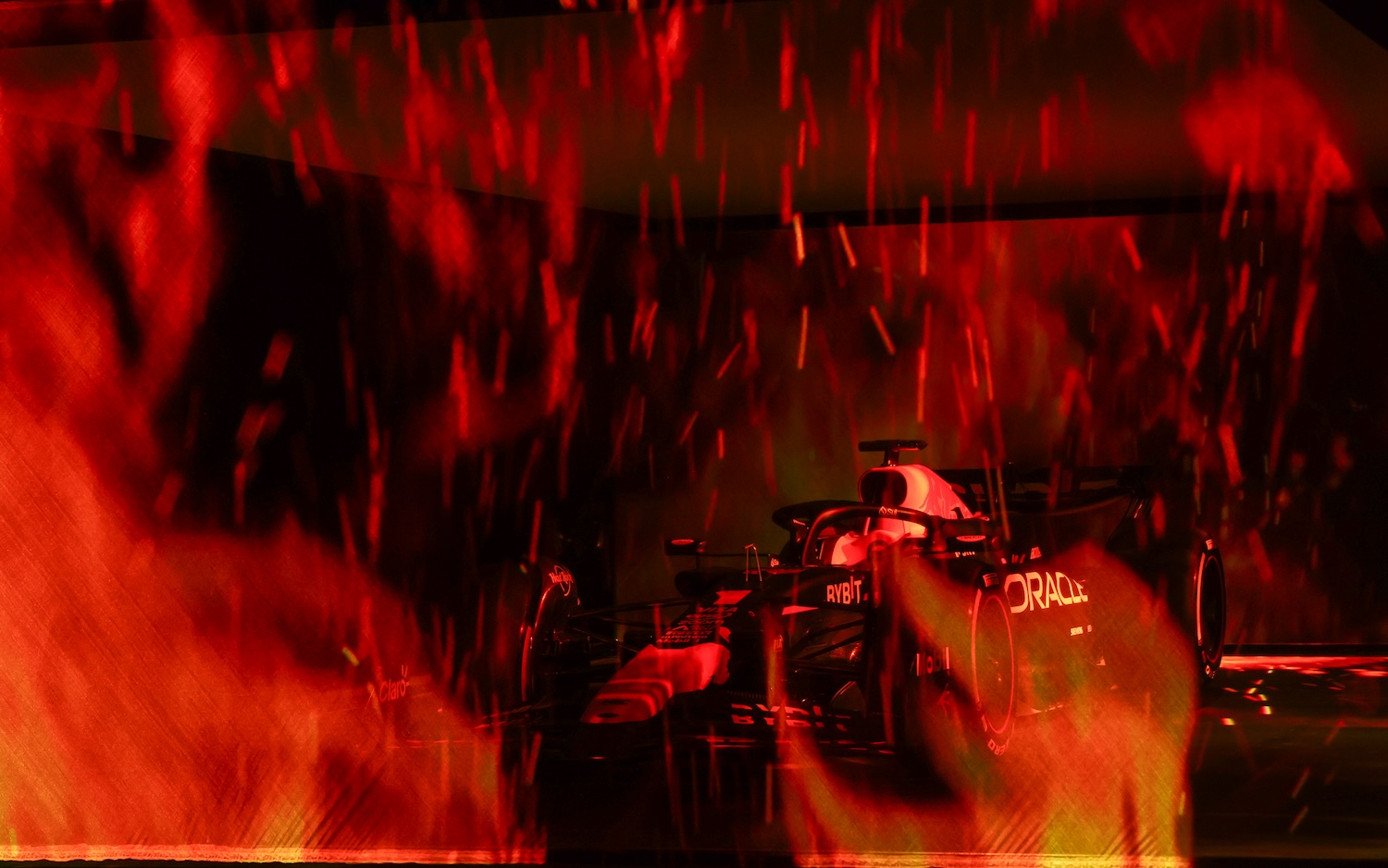Formula 1 racing has always been at the cutting edge of technology, pushing the boundaries of what is possible in the world of motorsport. Over the years, advancements in technology have had a significant impact on the sport, leading to faster cars, improved safety, and a more engaging viewing experience for fans.
One of the most noticeable impacts of technology on F1 racing has been the development of the cars themselves. With each passing year, teams invest millions of dollars into research and development to create faster, more aerodynamic cars. The use of advanced materials, such as carbon fiber, has allowed teams to build lighter, more durable chassis that can withstand the intense speeds and forces of modern F1 racing.
In addition to advancements in materials, teams also rely heavily on computer simulations and data analysis to fine-tune their cars for optimal performance. The use of wind tunnels and Computational Fluid Dynamics (CFD) software allows teams to test different aerodynamic configurations and optimize their cars for maximum downforce and speed.
Technology has also played a crucial role in improving safety in F1 racing. The introduction of the Halo device in 2018, for example, has significantly reduced the risk of head injuries in the event of a crash. Other safety advancements, such as the introduction of the Virtual Safety Car (VSC) and the implementation of advanced driver helmets, have also helped to make F1 racing safer for drivers and spectators alike.
From a fan’s perspective, technology has revolutionized the way we experience F1 racing. With the advent of high-definition cameras, live telemetry data, and online streaming services, fans can now follow the action in real-time and immerse themselves in the world of motorsport like never before. Virtual reality (VR) technology has also allowed fans to experience the thrill of F1 racing from the driver’s perspective, giving them a whole new level of engagement with the sport.
Overall, the impact of technology on F1 racing has been profound, leading to faster cars, improved safety, and a more immersive viewing experience for fans. As technology continues to evolve, it will be exciting to see how it shapes the future of one of the world’s most beloved and competitive sports.



